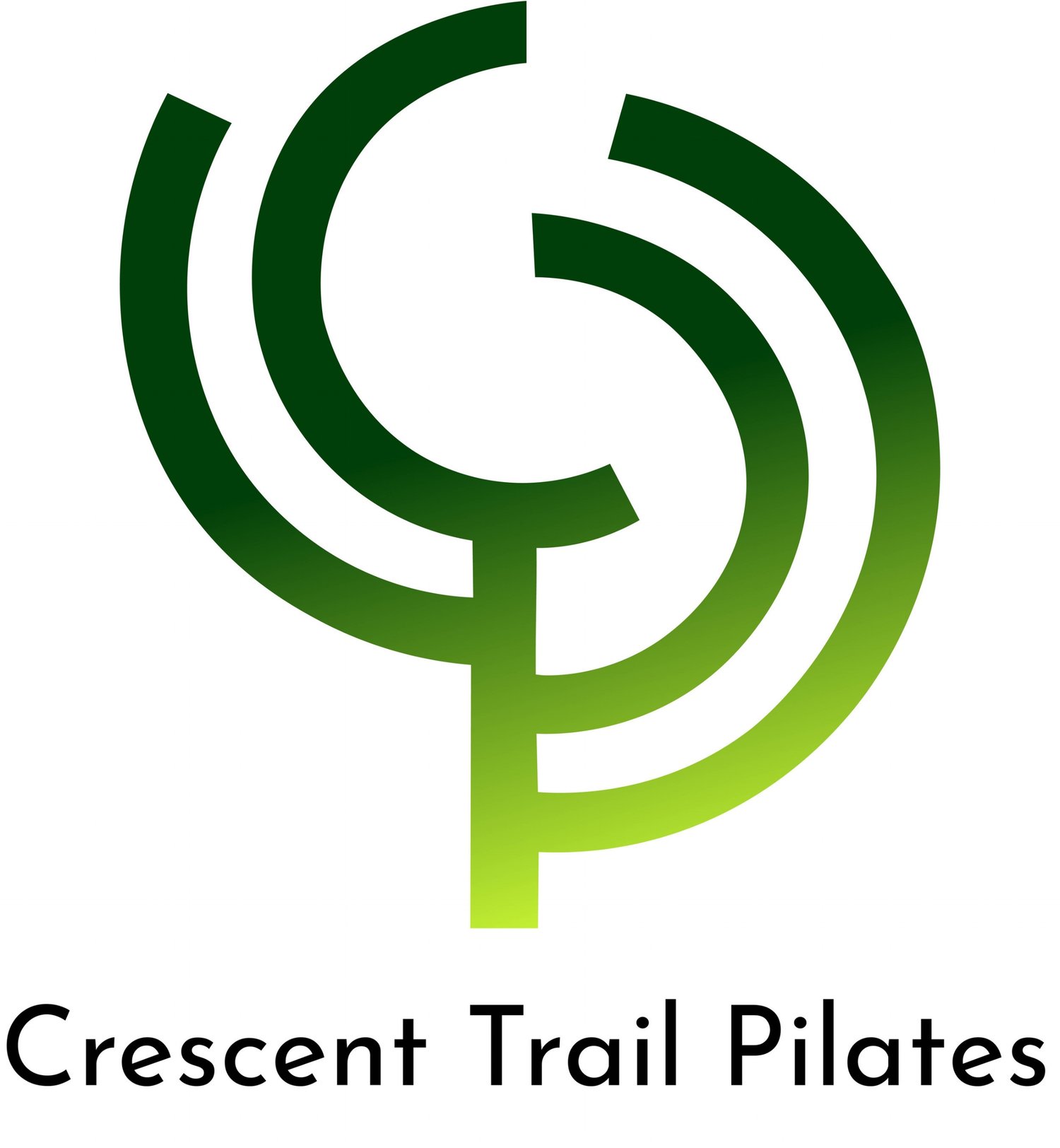Over 500 Exercises for mind, body, and spirit
Joseph Pilates' pedagogy included a rigorous body-weight mat routine that took the practitioner through all planes of motion. Movement sequences on apparatus such as the Reformer, and “optional” exercises on the Wunda Chair, Cadillac, and more, encouraged healthy spinal movement and integrated the limbs into the core of the body. Mastering the skills of Pilates resulted in healthy daily function. Clients spread the word about how Pilates' Contrology improved their lives in recreation, athletics and recovery. Illuminated athletes, celebrities, and dancers sought training at Pilates’ studio, where they received unparalleled attention and access to his apparatus. He entrusted the continuation of his work to teachers regarded in the Pilates industry as the “Elders.” Notable Elders continued teaching the method and established some of the world’s foremost teacher training programs. Famous Elders include Romana Kryzanowska, Eve Gentry, Carola Trier, Ron Fletcher, Kathy Grant, Bruce King, and Lolita San Miguel (Lessen, 15).
Pilates died in 1967, and ownership of his studio changed hands and locations. He didn’t witness the explosive popularity of his fitness regime, nor was he alive when the next generation of teachers after the Elders, the “Second Generation,” built their practices across the country during the 1980’s. By the mid ‘90’s, “Pilates” became widespread within the fitness and medical community, achieving its namesake's dream of nationwide popularity. Instructors postured over whose teaching best resembled Joseph Pilates original work and conflicts boiled over in October, 2000 during the Pilates trademark lawsuit. The court declared the term “Pilates” a “generic designation for a method of exercise" (Lessen, 17). The decision embittered certain teachers; they thought it meant that little could prevent someone without training from offering exercise called “Pilates” while teaching nothing akin to his original pedagogy. And yet, Joseph Pilates had taught scores of people throughout the years, approaching each individual in a way that benefited them. To allow all those who studied with him, and not just some the right to teach "Pilates" enriched the community and made it possible for the work to evolve in tandem with growing a knowledge of biomechanics, anatomy, and personalized fitness.
Many studios continue cropping up around the globe, along with new non-profits dedicated to making Pilates affordable and accessible to all. Joseph Pilates would no doubt be overjoyed to see that his Method, which he believed everyone should practice, has become an international mainstay.

